Spice Up Your Kitchen: Mastering Homemade Jerk Seasoning
Introduction: Why You Should Care About Jerk Seasoning
If you've ever tasted authentic Jamaican jerk chicken and wondered how something so simple could pack such an explosion of flavor, then this blog post is your golden ticket. Today, we're diving deep into the world of homemade jerk seasoning — a spice blend that's as rich in history as it is in heat.

Jerk seasoning isn’t just about slapping some chili on meat and calling it a day. It’s a symphony of spices, smoke, and soul that has been passed down through generations. And guess what? You can make your own at home — no Caribbean island required!
Table of Contents
- The Sizzling History Behind Jerk Seasoning
- Essential Ingredients for Authentic Jerk Spice
- Step-by-Step Recipe: How to Make Your Own Jerk Seasoning
- Pro Tips for Storing & Using Jerk Seasoning
- Common Myths About Jerk Seasoning (Debunked!)
- Global Twists: Jerk-Inspired Blends Around the World
The Sizzling History Behind Jerk Seasoning
The origins of jerk seasoning trace back to the indigenous Taino people of Jamaica, who used a unique slow-cooking method over pimento wood fires. When enslaved Africans fled into the mountains during the colonial era, they adopted and refined these techniques, giving rise to what we now know as “jerk” cooking.
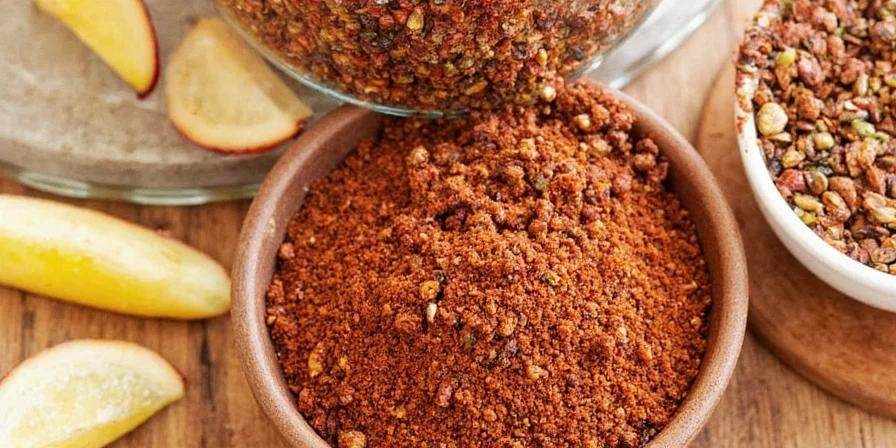
Jerk seasoning was not only a way to preserve food but also a cultural expression of resilience and identity. Today, it stands as one of Jamaica’s most iconic culinary exports, celebrated worldwide for its bold flavors and aromatic complexity.
Essential Ingredients for Authentic Jerk Spice
To nail that authentic jerk flavor, you need more than just Scotch Bonnet peppers (though they are crucial!). Here's a breakdown of the key components:
| Ingredient | Purpose in the Blend | Substitute Option |
|---|---|---|
| Scotch Bonnet Peppers | Main source of heat and fruity undertones | Habanero (slightly less sweet) |
| Garlic | Bolds up the savory base | Minced garlic or powder (for convenience) |
| Thyme | Adds earthy depth | Oregano (if fresh thyme isn't available) |
| Allspice | The heart of jerk seasoning — woody and warm | Cinnamon + clove (in a pinch) |
| Ginger | Boosts warmth and spice complexity | Fresh grated ginger or ground ginger |
| Lime Juice | Acidic balance to richness | Vinegar (white or apple cider) |
| Green Onion / Scallions | Adds mild onion-garlicky note | Chives or regular onions |
Step-by-Step Recipe: How to Make Your Own Jerk Seasoning
Making your own homemade jerk seasoning is surprisingly easy and deeply rewarding. Follow these steps to create your very own jar of spicy magic:
- Chop the Base: Finely chop 2–3 Scotch Bonnets (remove seeds for less heat), 4 cloves of garlic, and 2 green onions.
- Add Fresh Herbs: Toss in a handful of fresh thyme leaves (about 2 tbsp) and a small piece of grated ginger.
- Season with Spice: Add 2 tsp allspice berries (ground), 1 tsp ground cinnamon, ½ tsp ground nutmeg, and 1 tsp black pepper.
- Pour in Liquids: Add 2 tbsp lime juice, 1 tbsp soy sauce (for umami), and 1 tbsp olive oil.
- Blend It Up: Use a food processor or mortar and pestle until smooth. Adjust salt to taste.
- Marinate or Store: Rub onto chicken, pork, or tofu, and marinate for at least 2 hours (or overnight). Store in an airtight container in the fridge for up to 2 weeks.
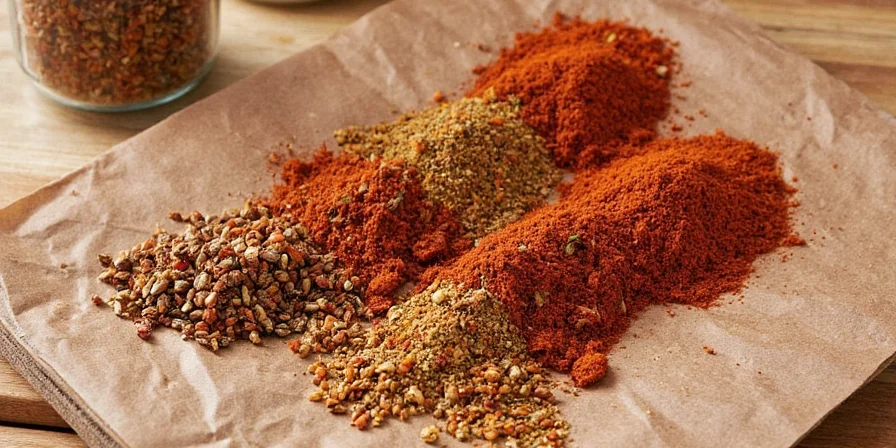
Pro Tips for Storing & Using Jerk Seasoning
- Make Ahead: Jerk seasoning tastes better after sitting for a day — the flavors meld beautifully.
- Oil-Free Version: Omit oil if you’re grilling or baking; add moisture from marinade instead.
- Freeze It: Pour extra seasoning into ice cube trays and freeze. Pop out a cube whenever you need a quick flavor boost.
- Dry Jerk Rub: Skip the liquid ingredients for a dry rub version perfect for roasting or grilling.
- Salt Smartly: Taste before adding salt — soy sauce may already be salty enough.
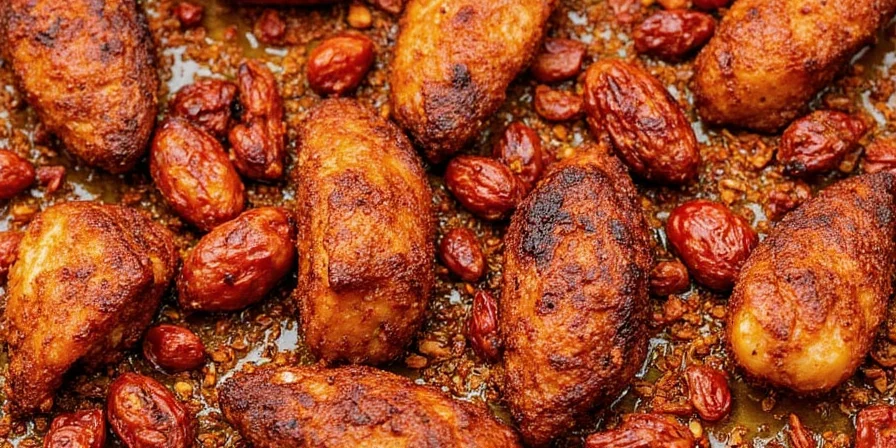
Common Myths About Jerk Seasoning (Debunked!)
Let’s set the record straight once and for all:
- Myth #1: Jerk seasoning must be super hot. Truth: Heat level is entirely adjustable. Want it milder? Remove the seeds from the peppers!
- Myth #2: You can only use it on chicken. Truth: Jerk loves everything — pork, tofu, eggplant, even popcorn!
- Myth #3: It needs special equipment like a jerk pan. Truth: A regular oven or grill works just fine.
- Myth #4: Allspice isn’t essential. Truth: Without it, you’re just throwing random spices together — not jerk.
Global Twists: Jerk-Inspired Blends Around the World
Jerk seasoning is versatile enough to inspire regional adaptations across the globe. Here are a few fun spins on the classic:
| Region | Twist | Flavor Note |
|---|---|---|
| Caribbean Fusion | Add mango powder or papaya | Fruity sweetness complements heat |
| Mexico | Swap thyme with cilantro, add smoked paprika | Smoky-savory twist perfect for tacos |
| India | Use garam masala as base, add turmeric | Earthy, complex, and golden-hued |
| Japan | Mix in miso paste and sesame oil | Rich umami meets tropical fire |

Conclusion: Jerk On, Flavor Warriors!
Creating your own homemade jerk seasoning is more than just a kitchen experiment — it’s a passport to flavor, culture, and culinary creativity. Whether you’re grilling under the sun or roasting indoors, a little jerk goes a long way.
So go ahead, get your hands dirty, mix up a batch, and impress your friends (or yourself!) with a little island flair. Remember: life’s too short for bland food.
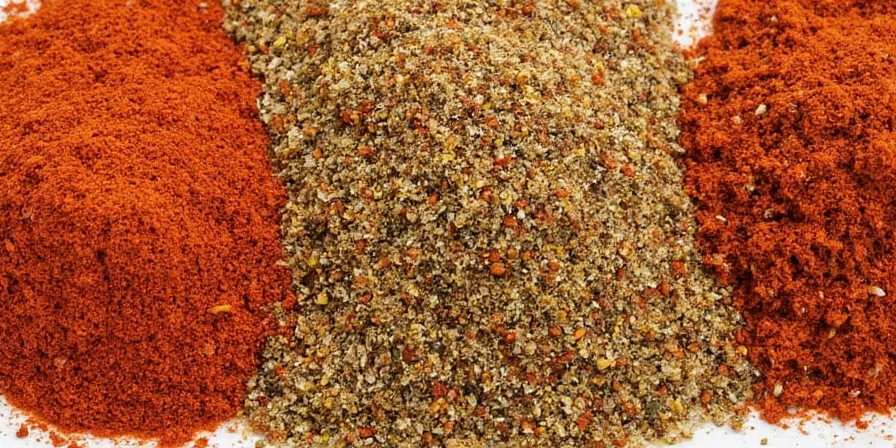

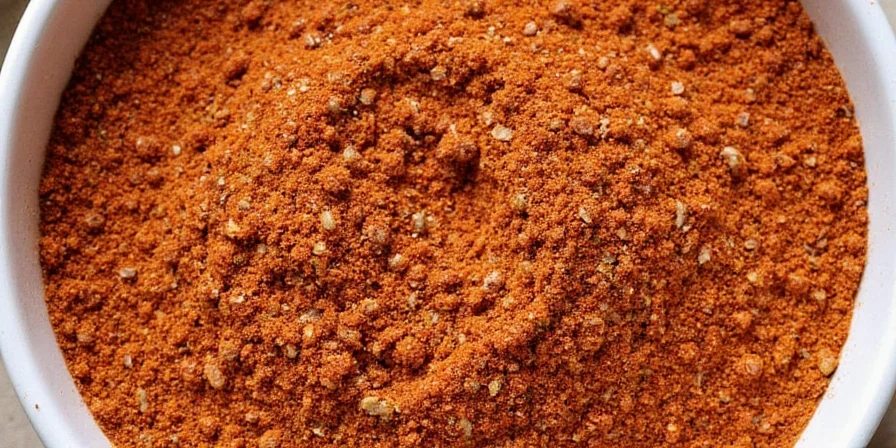









 浙公网安备
33010002000092号
浙公网安备
33010002000092号 浙B2-20120091-4
浙B2-20120091-4